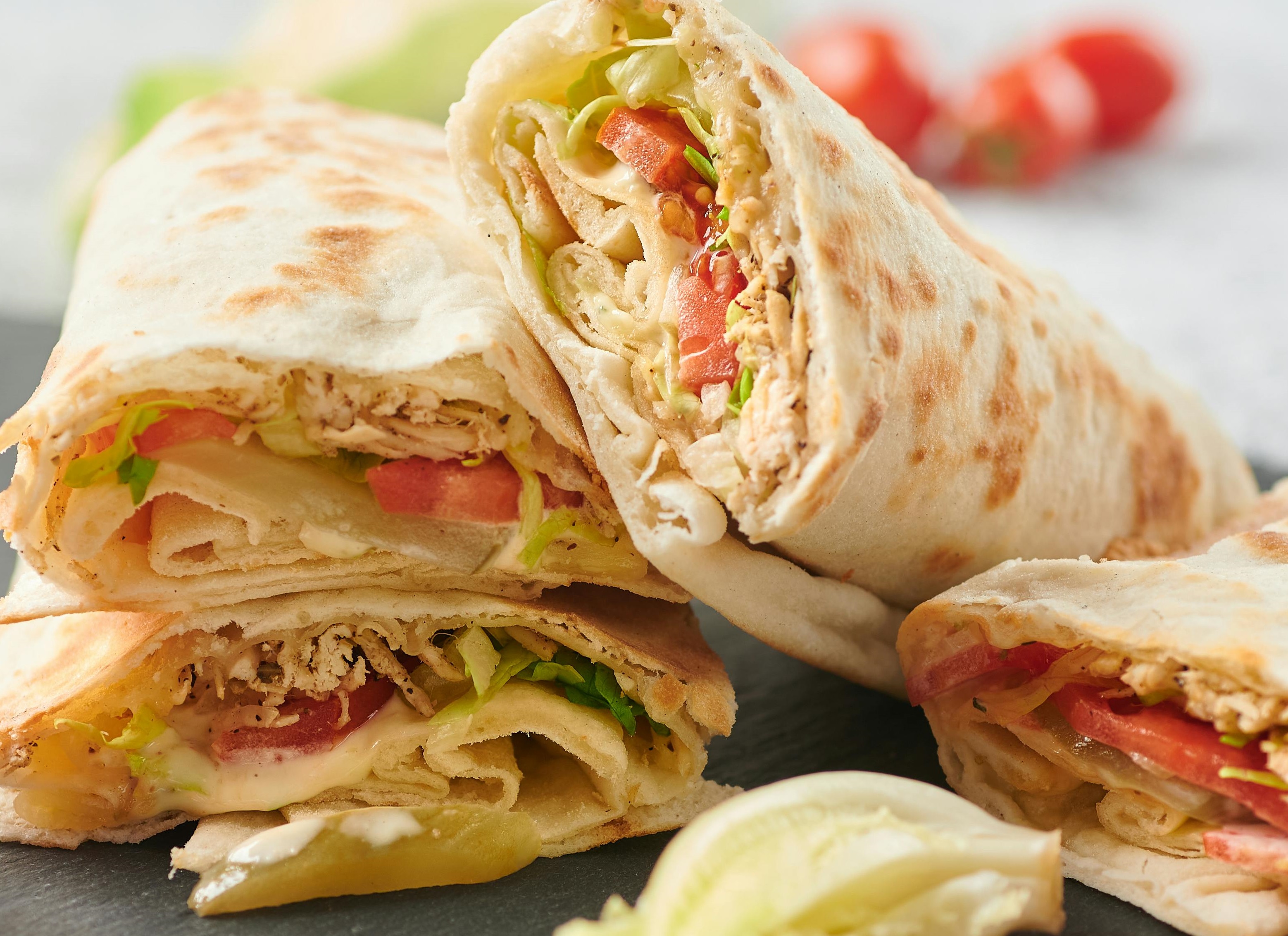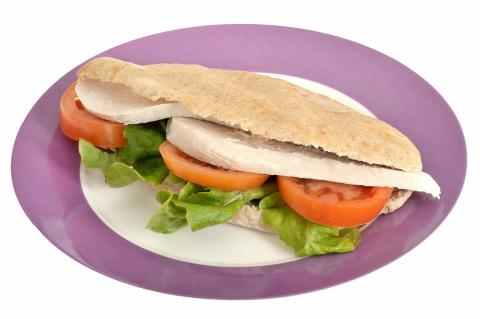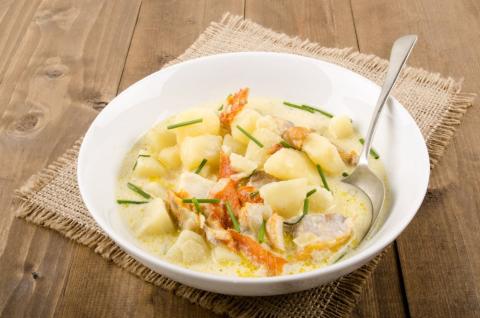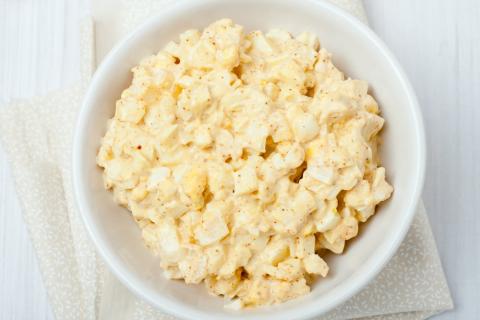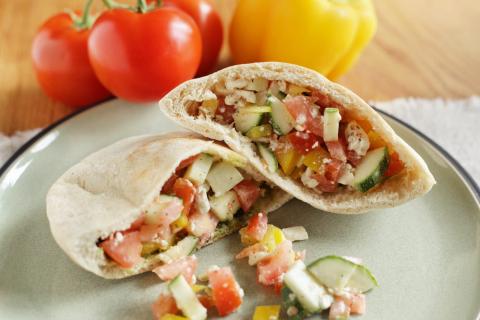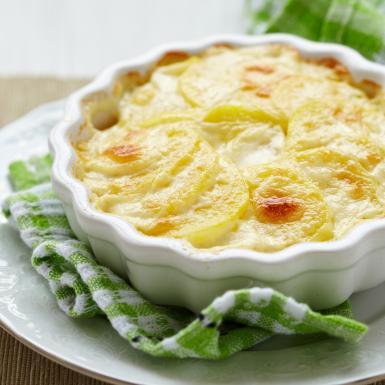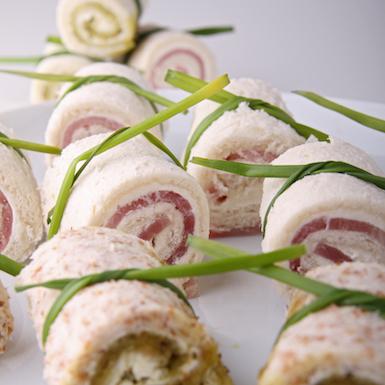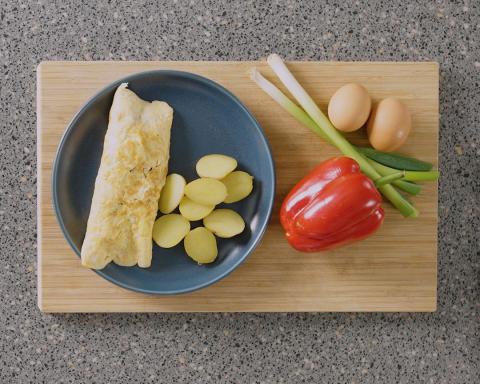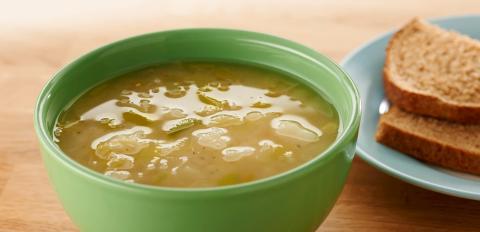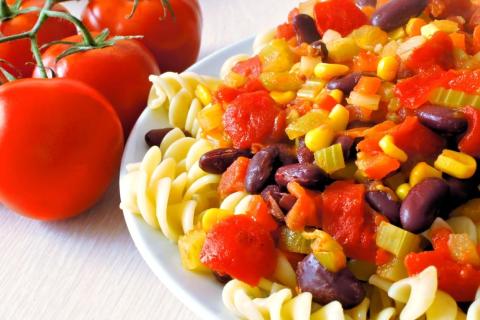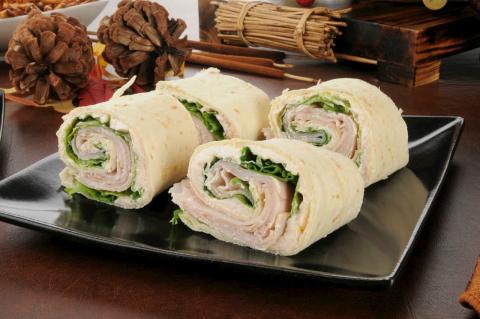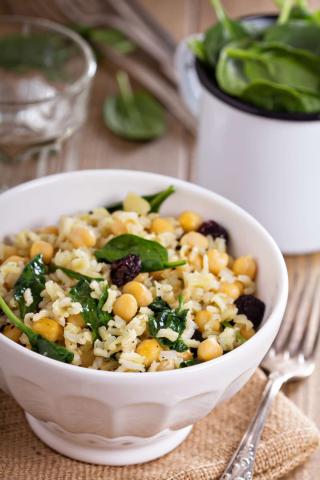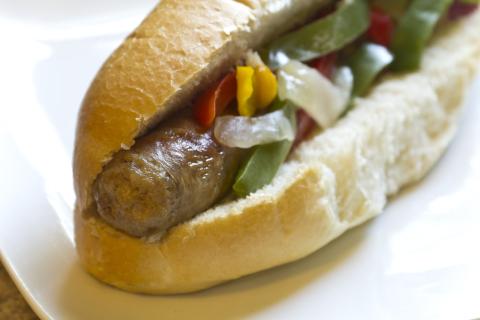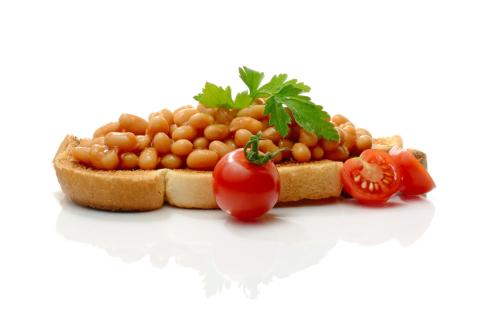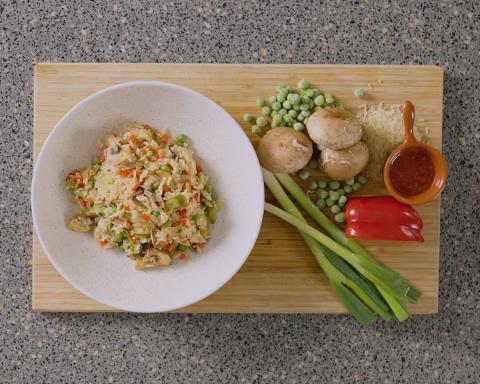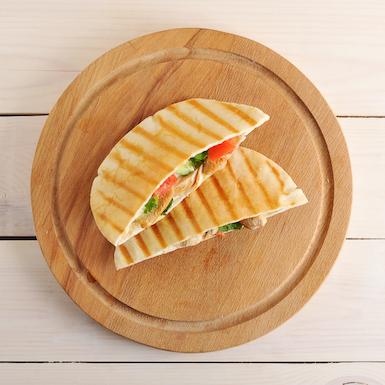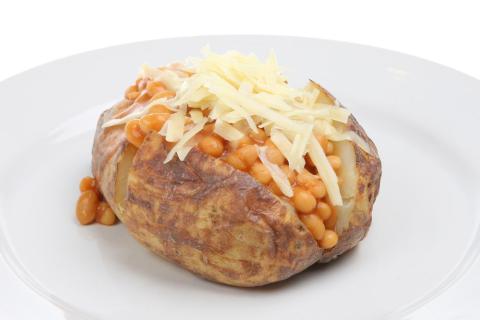- 4 Large Wholewheat Tortilla Wraps
- 2 Level Tablespoons (30g) Mayonnaise (choose light mayo whenever possible)
- 1 Pack (240g) Sliced Cooked Chicken
- 1 Medium Avocado
- 16 (80g) Lettuce Leaves
- 1 (160g) Red Pepper
- 4 Tablespoons (80g) Ready-Made Salsa
Ingredients
Allergy Disclaimer
Always check the label of each ingredient for allergy warnings.
Method
- Cut the avocado in half lengthwise around the stone. Hold the avocado in one hand, and with the other hand twist and rotate the two halves apart. Remove the stone by slipping a spoon between the stone and the fruit and gently work the stone out of the fruit. Slice the inside of the avocado halves into sections then use your fingers to separate the avocado segments from the peel.
- Wash and shred the lettuce.
- Wash and de-seed the red pepper and slice into thin strips.
- Spread the wraps with mayonnaise, and layer up the chicken, avocado, lettuce and pepper.
- Top with the salsa.
- Roll up (or fold up) the tortilla and serve.
Time Saver Tips
To make life easy, why not prepare this in advance – that way, you can keep it in the fridge until you’re ready to eat it?
Cost Saver Tips
This can be made with any salad vegetables, so a good way to save is to use whatever’s on offer – such as sweetcorn, different types of lettuce, baby spinach, cherry tomatoes or grated carrot. This recipe is an easy way to use up any leftover cooked chicken. It’s super easy to make this vegetarian by using a can of mixed beans, instead of chicken. Fancy making your own salsa? Check out the recipe 'Spicy Bean Burritos and Salsa'. Another quick and easy option is to use finely chopped tomatoes instead.
Tips for Kids
Little ones will love shredding lettuce with their (clean) hands. Why not ask if they can help you layer, roll and fold their own wrap? It’s good to be hands on with food after all! Kids love to try new things – like giving sweet chilli sauce or other dressings a go to give this a different flavour.
Nutritional Information
Based on a single serving of 215g (% of an adult's reference intake)
Energy
361 kcals ( 18 %)
1,487 kJ ( 18 %)
Fat
4.2 g ( 21 %)
Saturates
26.3 g ( %)
Sugar
3.9 g ( 4 %)
Salt
0.9 g ( 15 %)
Detailed nutritional information
| Per 100g | Per 215g serving | |
|---|---|---|
| Energy Kcals | 168 | 361 |
| Energy Kj | 692 | 1,487 |
| Protein | 9.8 g | 21 g |
| Total Fat | g | g |
| Saturated Fat | 2 g | 4.2 g |
| Carbohydrates | 12.2 g | 26.3 g |
| Total Sugars | 1.8 g | 3.9 g |
| NSP Fibre | 1.2 g | 2.6 g |
| Sodium | 168 mg | 362 mg |
| Salt | 0.4 g | 0.9 g |
Find out about nutritional labelling
Nutrition labels on the front of packaging
- Most of the big supermarkets and many food manufacturers display nutritional information on the front of pre-packed food.
- Front of pack nutrition labels provide information on the number of grams of fat, saturated fat, sugars and salt and the amount of energy (in kJ and kcal) in a serving or portion of a recipe.
- The labels also include information about reference intakes (expressed as a percentage) which are guidelines about the approximate amount of particular nutrients and energy required for a healthy diet.
- The colour coding tells you at a glance if the food has high (red), medium (amber) or low (green) amounts of fat, saturated fat, sugars and salt.
- The more greens on the label, the healthier the choice
- Amber means neither high nor low, so you can eat foods with all or mostly ambers on the label most of the time.
- Reds on the label means the food is high in that nutrient and these are the foods we should cut down on. Try to eat these foods less often and in small amounts.
Food shopping tips
If you’re trying to decide which product to choose, check to see if there's a nutrition label on the front of the pack. This will help you to quickly assess how your choices stack up. You will often find a mixture of red, amber and green colour coding for the nutrients. So when you're choosing between similar products, try to go for more greens and ambers and fewer reds if you want to make a healthier choice.
 Activities & Play
Activities & Play Behaviour
Behaviour Childcare
Childcare Development & Growing Up
Development & Growing Up Family, Friends & Relationships
Family, Friends & Relationships Feeding Your Baby
Feeding Your Baby Food & Eating
Food & Eating Health & Safety
Health & Safety Mental Health & Wellbeing
Mental Health & Wellbeing Money & Work
Money & Work Online Behaviour & Safety
Online Behaviour & Safety Pregnancy & First Days
Pregnancy & First Days School & Education
School & Education Sleep
Sleep

